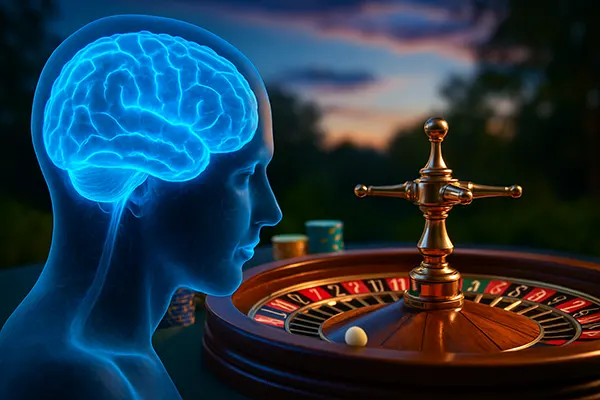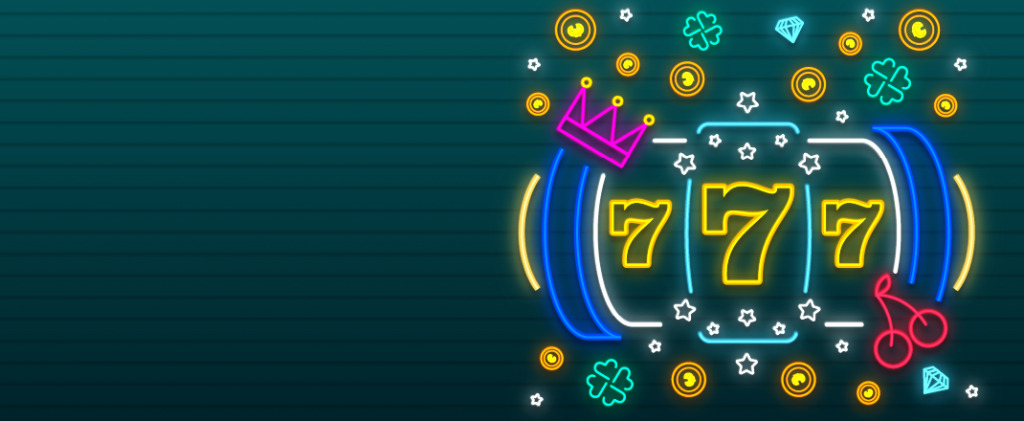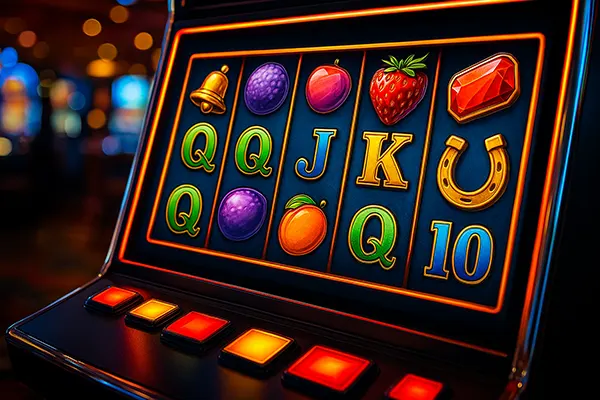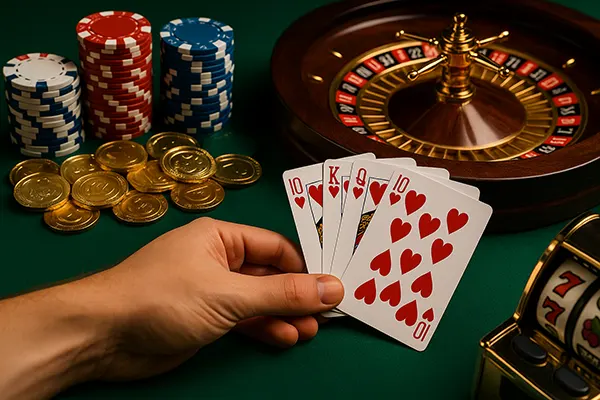
Neurobehaviour of Roulette Players: How the Brain Makes Betting Decisions
Roulette is often perceived as a game of pure chance, where every spin of the wheel brings a new opportunity. However, beneath the surface of randomness lies a complex interplay of neurological responses and behavioural patterns. By examining the latest insights from neuroscience and behavioural psychology, we can better understand what drives people to bet, how they assess risk and reward, and what happens in the brain during each wager. This knowledge not only adds depth to our understanding of gambling but also offers valuable context for analysing player habits in roulette today.
Decision-Making Mechanisms in the Brain During Roulette
At the core of any gambling activity is the brain’s reward system, particularly the mesolimbic dopamine pathway. This neural circuit is heavily involved in anticipation and gratification. When a roulette player contemplates a bet, the brain releases dopamine – not just after a win, but even in the moments leading up to the outcome. This chemical release creates a sense of excitement and expectation, encouraging further engagement regardless of the result.
Simultaneously, the prefrontal cortex – responsible for reasoning and impulse control – plays a balancing role. In experienced players, this area may become more active when considering high-risk bets, helping them pause and evaluate their options. However, in the heat of the moment, particularly under the influence of alcohol or external stressors, the function of the prefrontal cortex can be diminished, leading to more impulsive decisions.
The amygdala, known for processing emotions like fear and pleasure, also contributes to decision-making. When a player experiences a losing streak or an unexpected win, emotional memory stored in this region can influence future betting behaviours. This emotional imprint may push a player towards riskier choices or create avoidance patterns in similar situations.
The Role of Uncertainty and Anticipation
One of the most potent drivers of engagement in roulette is uncertainty. The brain interprets uncertain outcomes as a challenge, and anticipation of a result increases dopamine activity. This is why watching the ball spin can be more thrilling than the win itself – it triggers the peak of neural stimulation.
Studies using functional MRI (fMRI) have shown heightened activity in the striatum and insula during anticipation, reinforcing the idea that the journey toward the outcome is often more engaging than the outcome. This also explains why near-misses – such as when the ball lands next to the chosen number – can be as motivating as actual wins, as the brain processes them in a similar way.
Moreover, this neurochemical pattern contributes to the reinforcement loop common in gambling behaviour. Players keep betting not purely due to rational expectations of reward, but because their brains are conditioned to respond to the emotional thrill of “almost winning.”
Risk Evaluation and Cognitive Bias in Betting
Roulette encourages a range of cognitive biases that affect decision-making. One of the most common is the gambler’s fallacy – the belief that past outcomes influence future ones. For instance, after several red outcomes, a player might wrongly assume black is “due,” despite the odds remaining unchanged. This belief is rooted in the brain’s natural inclination to seek patterns, even in random events.
Another influential bias is the illusion of control, where players feel that their choices – such as betting on certain numbers or using specific sequences – impact the result. This false sense of influence activates brain areas related to personal agency and mastery, offering a psychological reward even in the absence of real control.
Additionally, loss aversion – the tendency to prefer avoiding losses over acquiring gains – often leads players to chase losses, increasing their bets in an attempt to recover. The anterior cingulate cortex, involved in error detection and conflict resolution, becomes more active when facing such dilemmas, yet the emotional drive often overpowers logical judgement.
Short-Term Rewards vs Long-Term Strategy
The dopamine system strongly favours short-term gratification, which explains the preference for repeated, immediate bets rather than long-term strategic planning. Every spin offers a fresh dopamine hit, keeping the player engaged through frequent stimulation.
However, long-term strategic thinking requires activation of the dorsolateral prefrontal cortex, which supports sustained planning and inhibition. For many roulette players, particularly those under pressure or fatigue, this region may not fully engage, leading to choices driven more by instinct than logic.
This discrepancy also highlights the difference between recreational and problem gamblers. In the latter group, neuroimaging studies have shown hypoactivity in prefrontal areas and hyperactivity in reward circuits, making it harder to resist impulsive bets and easier to fall into habitual play cycles.

Emotion, Environment and Social Dynamics
Beyond internal neural processes, external factors such as the casino setting, social presence, and emotional state heavily influence betting decisions. Bright lights, music, and the physical layout of the roulette table are designed to heighten arousal and reduce awareness of time, encouraging prolonged play. These environmental cues amplify reward signals in the brain, reinforcing gambling behaviour.
Emotions such as anxiety, excitement, or frustration can significantly skew decision-making. Players under emotional strain are more likely to make irrational bets, driven by the need for emotional regulation rather than strategic outcomes. The limbic system, particularly the hippocampus and amygdala, plays a key role in this context by processing emotional experiences tied to betting wins and losses.
Social factors also matter. Observing others win or engaging in communal betting can trigger mirror neurons in the brain, creating a sense of shared risk and excitement. This social feedback loop can lead to more aggressive betting or imitation of others’ strategies, even without logical reasoning.
The Influence of Alcohol and Fatigue
Alcohol consumption, common in roulette-playing environments, impairs the prefrontal cortex and lowers inhibitions. This leads to increased risk-taking, reduced reflection, and a higher likelihood of betting errors. Neurologically, alcohol suppresses executive functions and enhances impulsivity, altering the balance of rational vs. emotional decision-making.
Fatigue, on the other hand, reduces glucose availability in the brain, impairing attention and self-control. A tired brain defaults to habitual and emotionally-driven responses, increasing susceptibility to chasing losses or abandoning cautious strategies.
Both alcohol and fatigue shift the neural emphasis from the prefrontal cortex to the more primitive, reactive areas of the brain. As a result, the player becomes more driven by immediate emotional impulses rather than calculated decision-making.



